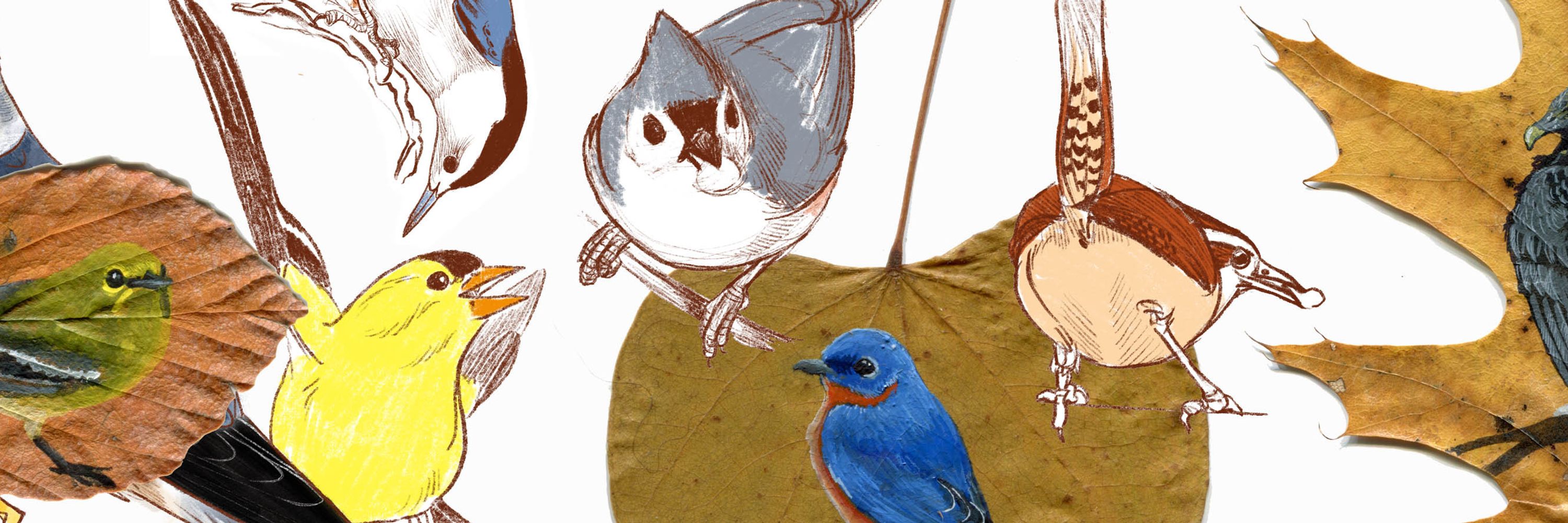
Retail and wholesale available.
Nature & Outdoors is for Everyone!

Hope to see you there.
.
#Birds #LeafFlip #BirdsOnLeaves #BirdOnLeaf #GouachePainting #BarnOwl #FallLeave
.
#Birds #LeafFlip #BirdsOnLeaves #BirdOnLeaf #GouachePainting #BarnOwl #FallLeave

Still painting, painting, painting birds on leaves. Collected together a grouping with more fall leaves under them for some holiday spirit looks. #Birds

Still painting, painting, painting birds on leaves. Collected together a grouping with more fall leaves under them for some holiday spirit looks. #Birds
#Birds #BirdsonLeaves #FallLeaves

#Birds #BirdsonLeaves #FallLeaves


#Birds #BirdsOnLeaves

#Birds #BirdsOnLeaves
.
#Birds #LeafFlip #BirdsOnLeaves #Woodpecker
.
#Birds #LeafFlip #BirdsOnLeaves #Woodpecker
.
#Illustration #BirdPerson #TinyPainting #EasternPhoebe #LeafFlip #Bird
.
#Illustration #BirdPerson #TinyPainting #EasternPhoebe #LeafFlip #Bird

#FallMigration #CanadaWarbler
#FallMigration #CanadaWarbler


I drew the I’iwi with Māmane - Sophora chrysophylla, a native Hawaiian tree/shrub that is part of the pea family.

I drew the I’iwi with Māmane - Sophora chrysophylla, a native Hawaiian tree/shrub that is part of the pea family.









